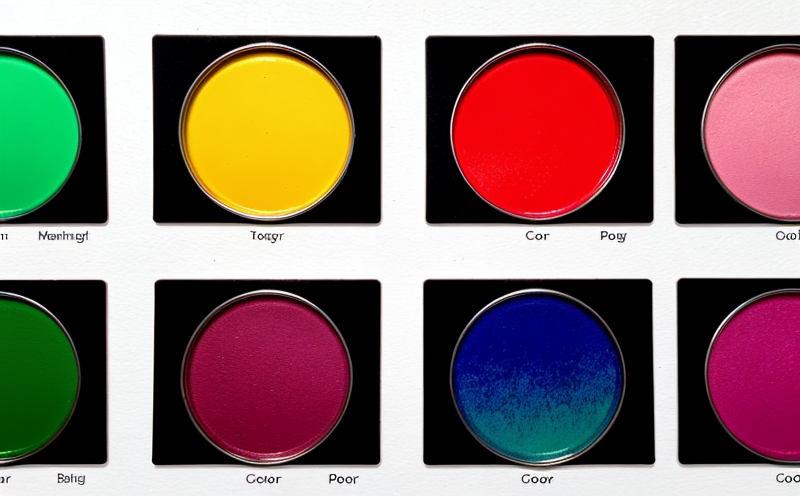ASTM E903 Solar Reflectance Spectrum Testing of Lighting Materials
The ASTM E903 standard provides a comprehensive framework for measuring and evaluating the solar reflectance spectrum of lighting materials. This service is essential in ensuring that products meet stringent environmental sustainability requirements, comply with international standards, and perform optimally under various lighting conditions.
Solar reflectance is a critical metric when designing and selecting light-emitting surfaces for buildings, roadways, and outdoor spaces. The solar spectrum includes visible, near-infrared (NIR), and ultraviolet (UV) components, all of which contribute differently to the overall reflectance properties. This test method allows manufacturers to accurately characterize their products' performance across this entire spectral range.
The ASTM E903 procedure involves measuring the reflectance of a specimen over a wide wavelength range using a spectrophotometer. The data collected is then analyzed to determine the solar reflectance value, which reflects how much sunlight the material will deflect back into its environment. This information helps assess the potential impact on local and global climates.
For accurate testing, specimens must be prepared according to ASTM E903 guidelines, which include considerations for sample size, orientation, and pre-treatment procedures. Preparing samples that mimic real-world conditions ensures reliable results. Once ready, they are placed in the spectrophotometer's measurement chamber where their reflectance spectra can be captured.
The resulting solar reflectance spectrum provides insights into a material’s ability to reduce heat gain or provide cooling benefits through reflected radiation. This is particularly important for reducing urban heat island effects and improving energy efficiency in buildings. By adhering to ASTM E903, laboratories ensure that they are providing accurate, repeatable, and reliable data.
| Wavelength Range | Spectral Resolution | Measurement Chamber Type |
|---|---|---|
| 380 to 2500 nm | 1 nm | Closed integrating sphere with diffuse light source |
The ASTM E903 test method is widely recognized and used in various sectors, including architecture, civil engineering, and environmental science. Its application spans from selecting sustainable building materials to optimizing street lighting systems for energy savings.
Customer Impact and Satisfaction
Implementing ASTM E903 solar reflectance spectrum testing offers significant benefits to customers, particularly in the lighting industry. By ensuring compliance with international standards like ISO 15890:2016 for daylighting design of buildings, companies can enhance product performance and sustainability credentials.
- Enhanced customer trust through adherence to global standards
- Improved energy efficiency in lighting applications
- Reduction in urban heat island effects due to more reflective materials
- Increased marketability of products with sustainable features
Customers rely on the accurate and consistent data provided by our laboratory to make informed decisions about their product choices. This service not only supports compliance but also aids in innovation, allowing manufacturers to stay ahead in a competitive market.
International Acceptance and Recognition
The ASTM E903 solar reflectance spectrum testing method is internationally accepted and recognized. It aligns with global standards such as ISO 15890:2016, which specifies performance criteria for daylighting in buildings. The widespread adoption of this standard ensures that lighting materials are consistently tested across different regions.
Our laboratory adheres strictly to ASTM E903 guidelines, ensuring that the testing process is consistent and reliable. This consistency is crucial for international collaborations and trade, as it allows for a uniform approach to evaluating solar reflectance properties. The laboratory’s rigorous adherence to these standards also enhances credibility and trust among clients.
The recognition of ASTM E903 extends beyond mere compliance; it fosters innovation by providing a robust framework for material development. By leveraging this standard, researchers can push the boundaries of what is possible in terms of sustainable lighting solutions. This not only benefits end-users but also contributes to broader environmental goals.





